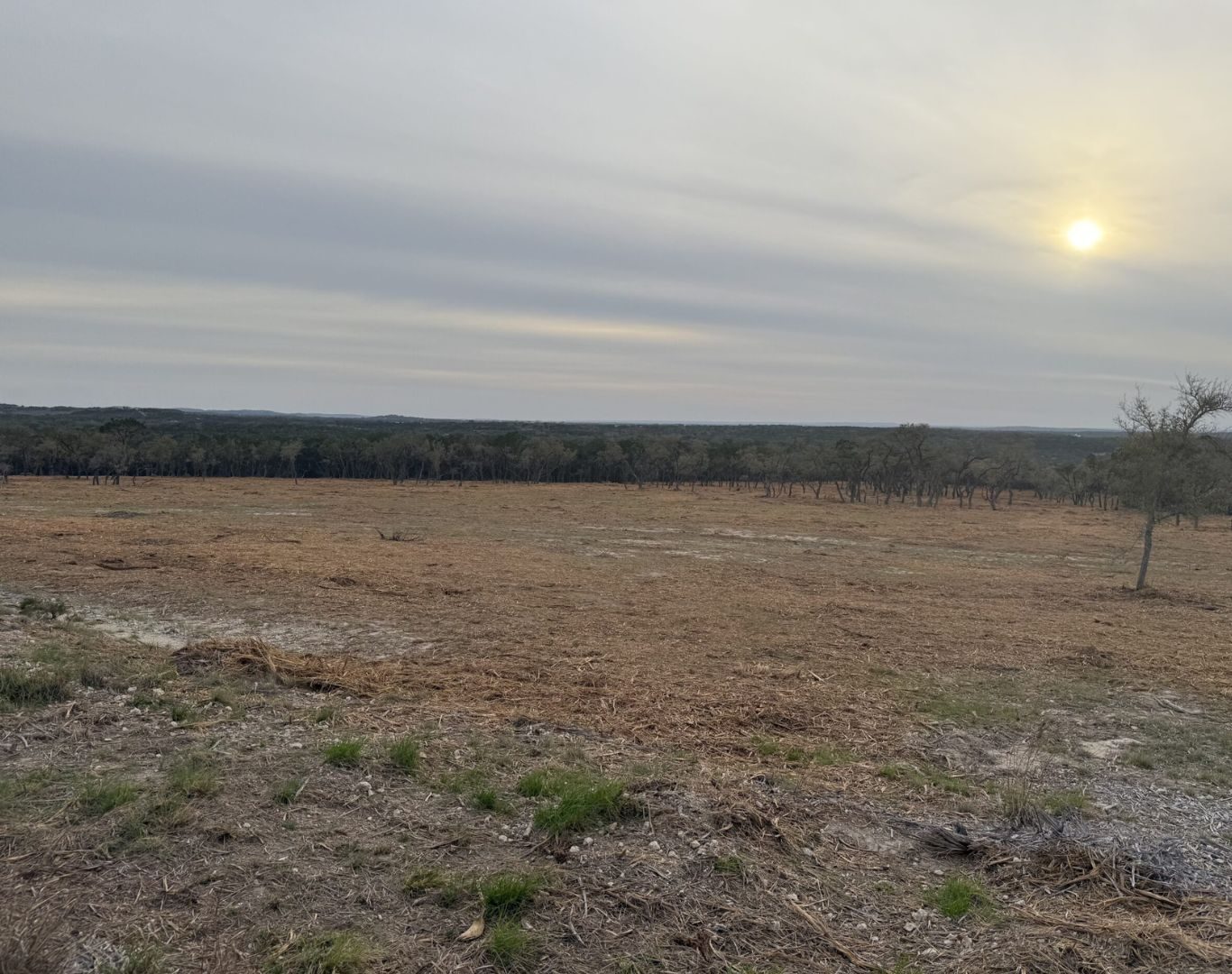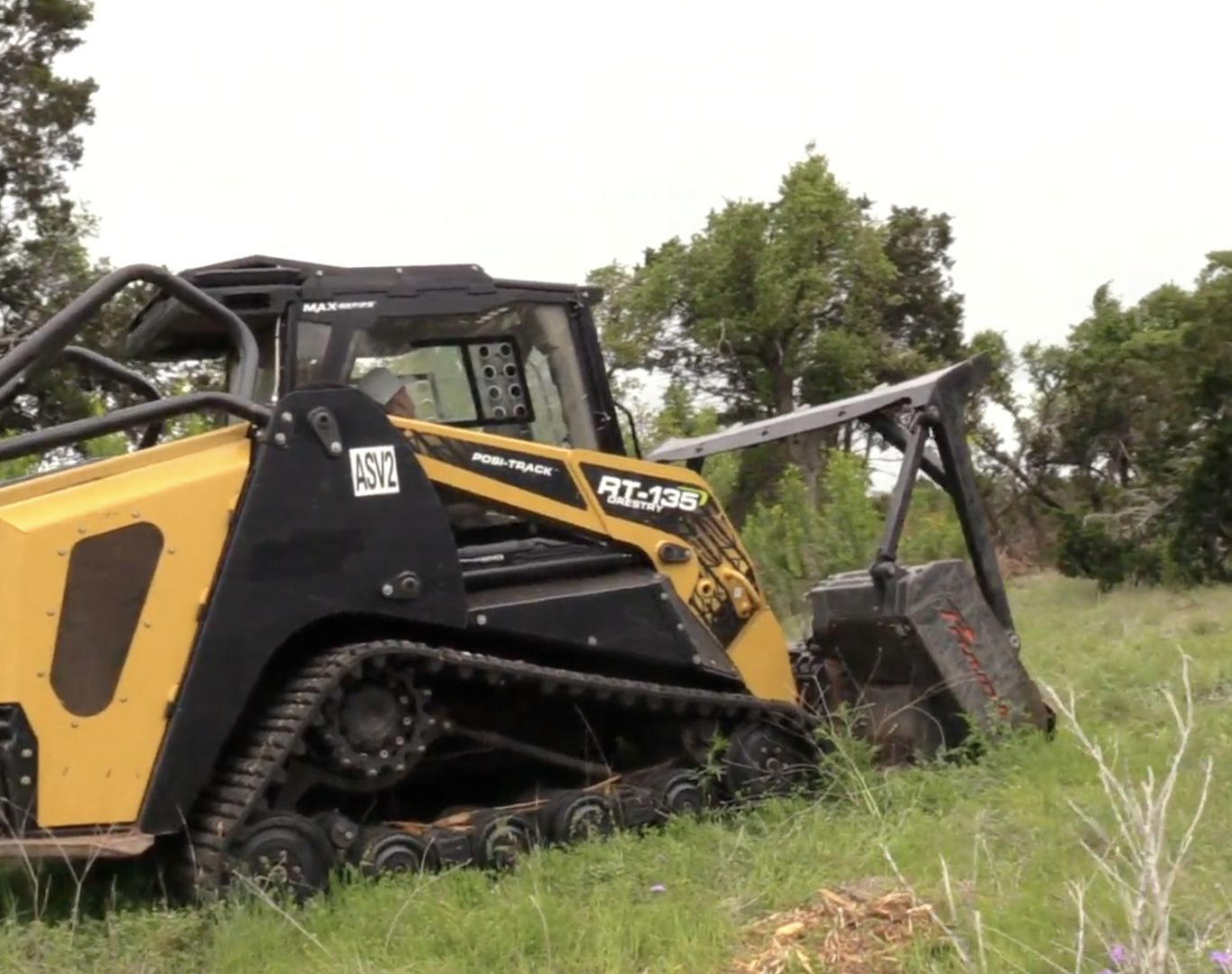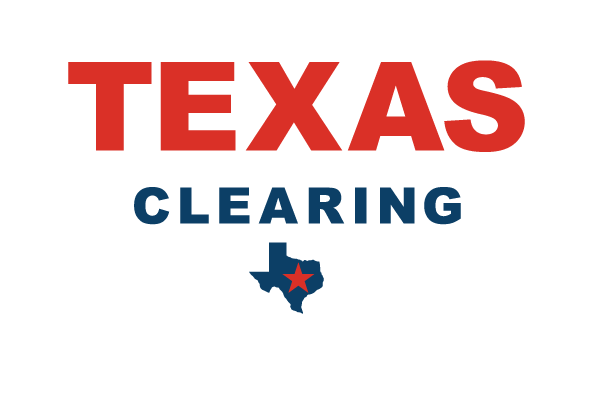Efficient Cedar Mulching in Buda, TX
Overgrown cedar can choke out native plants, dry out your soil, and make land hard to use. At Texas Land Clearing Solutions, we offer professional cedar mulching in Buda, TX to turn thick brush into usable mulch—restoring balance to your land while preparing it for whatever comes next.
- Cedar Removal
- Land Clearing
- Tree Removal
Get Your Free Quote!
5-Star Rating

Land-Smart Clearing for Residential and Ranch Properties
- Clears Cedar Without Uprooting the Landscape: Our machines shred brush into mulch on-site—leaving behind no holes, haul-away piles, or erosion issues common with traditional land clearing.
- Boosts Native Tree Health and Wildlife Access: Removing invasive cedar improves airflow, soil nutrients, and makes room for oak, mesquite, and natural grasses to thrive.
- Prepares Property for Driveways, Pads, or Fencing: We open up land for small builds, fencing lines, and utility installs while maintaining natural slope and soil structure.

Why Cedar Mulching Is Ideal in Buda, TX
- Supports Fire Mitigation Near Structures: Mulching reduces cedar oil buildup and lowers fuel loads near homes, barns, and sheds—especially important in drought-prone zones.
- Keeps Acreage Looking Cared For and Accessible: Even undeveloped land benefits from visual cleanup. Mulched trails and open spaces are easier to walk, monitor, and enjoy.
- Helps Maintain Property Values: Cared-for land is more appealing to buyers and builders in Buda, TX. Mulching shows responsible land ownership without changing natural aesthetics.

Got Questions? We’ve Got Answers!
Frequently Asked Questions
Can you mulch cedar close to homes or fencing in Buda, TX?
Yes. Our machines are compact enough to work safely near structures while still clearing dense cedar effectively.
What happens to the cedar debris after mulching?
It’s ground into fine mulch and left on the ground as a natural soil cover—great for erosion control and weed suppression.
Is cedar mulching better than bulldozing or burning?
In most cases, yes. It’s faster, safer, and far less disruptive to the ecosystem, while avoiding the risk of fire or major ground disturbance.
